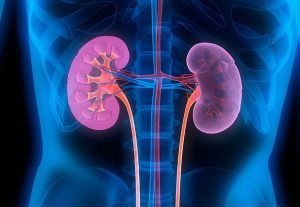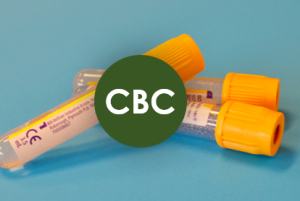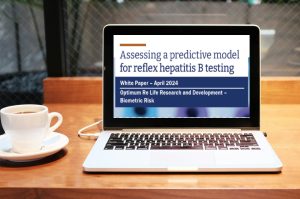 Pre-diabetes, diabetes and insulin resistance are on the rise in the United States and in developed countries around the world. Seventy-nine million or 35% of the U.S. population have pre-diabetes and 26 million have diabetes. These are epidemic proportions with one third of our population at increased risk of future morbidity or mortality[i].
Pre-diabetes, diabetes and insulin resistance are on the rise in the United States and in developed countries around the world. Seventy-nine million or 35% of the U.S. population have pre-diabetes and 26 million have diabetes. These are epidemic proportions with one third of our population at increased risk of future morbidity or mortality[i].
So what does a little extra sugar (glucose) in your blood really do over time? This extra blood sugar can affect the heart, kidneys, nerves, and other parts of the body causing heart disease; blindness (retinopathy); kidney disease (nephropathy); nerve damage (neuropathy), as well as skin and dental problems. Many with diabetes and pre-diabetes only visit their physician after they develop one or more of these complications. Uncontrolled or poorly controlled diabetics have a decreased quality of life because of increasing morbidity and a shortened life span.
As individuals and a population what can we do about diabetes?
 Check your Body Mass Index (BMI) and make sure that you are making every attempt to move into the healthy zone of the BMI chart. Every BMI point is an added risk of future diabetes and insulin resistance.
Check your Body Mass Index (BMI) and make sure that you are making every attempt to move into the healthy zone of the BMI chart. Every BMI point is an added risk of future diabetes and insulin resistance.
 Schedule routine visits with your personal physician – they can diagnostically screen for diabetes and treat if needed.
Schedule routine visits with your personal physician – they can diagnostically screen for diabetes and treat if needed.
Hemoglobin A1c reflects an individual’s average serum glucose level for the preceding 2 to 3 months. Specifically, the A1c test measures what percentage of your hemoglobin (a protein in red blood cells that carries oxygen) is coated with sugar (glycated). The higher your A1c level, the poorer your blood sugar control and the higher your risk of diabetes complications. Hemoglobin A1c is one of the clinical gold standards in diabetes diagnostic testing and monitoring. It is also an independent predictor of future disease and mortality.
For current screening and reflex recommendations, download our Hemoglobin A1c test reference sheet.
[i] Centers for Disease Control and Prevention; National Center for Chronic Disease Prevention and Health Promotion, 2009




















So what does a little extra sugar (glucose) in your blood really do over time? This extra blood sugar can affect the heart, kidneys, nerves, and other parts of the body causing heart disease; blindness (retinopathy); kidney disease (nephropathy); nerve damage (neuropathy), as well as skin and dental problems. Many with diabetes and pre-diabetes only visit their physician after they develop one or more of these complications. Uncontrolled or poorly controlled diabetics have a decreased quality of life because of increasing morbidity and a shortened life span.
As individuals and a population what can we do about diabetes?
Hemoglobin A1c reflects an individual’s average serum glucose level for the preceding 2 to 3 months. Specifically, the A1c test measures what percentage of your hemoglobin (a protein in red blood cells that carries oxygen) is coated with sugar (glycated). The higher your A1c level, the poorer your blood sugar control and the higher your risk of diabetes complications. Hemoglobin A1c is one of the clinical gold standards in diabetes diagnostic testing and monitoring. It is also an independent predictor of future disease and mortality.
For current screening and reflex recommendations, download our Hemoglobin A1c test reference sheet.
[i] Centers for Disease Control and Prevention; National Center for Chronic Disease Prevention and Health Promotion, 2009